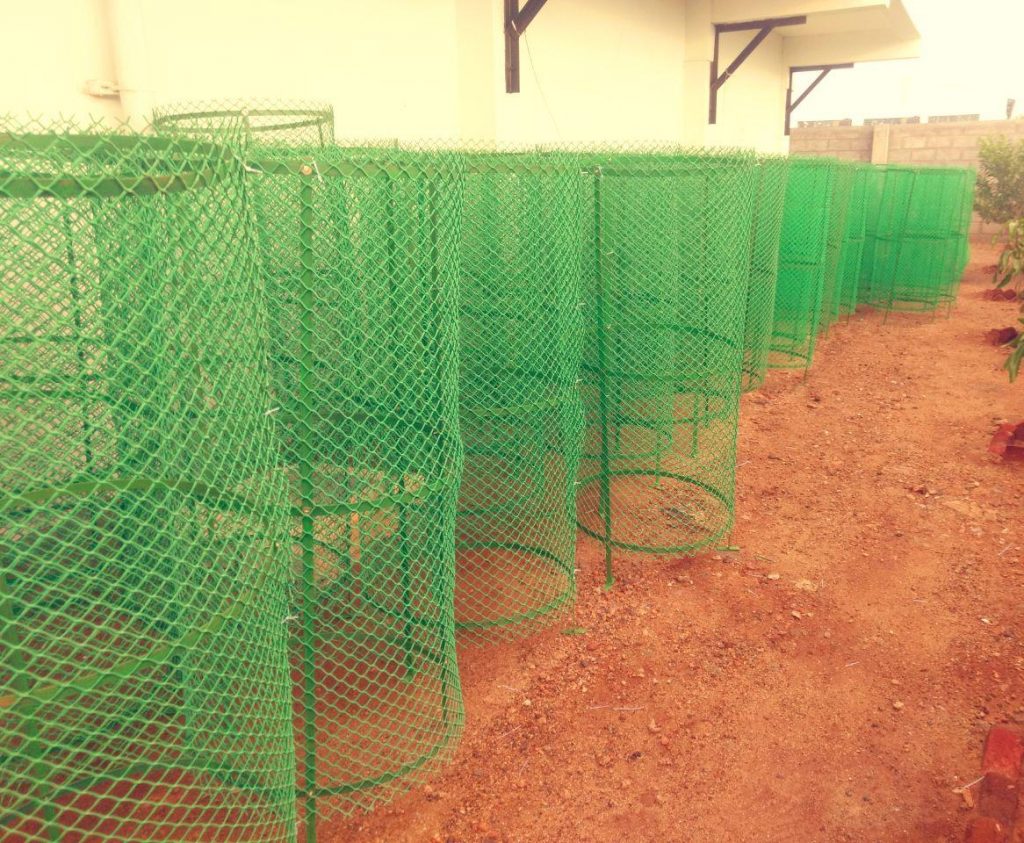Guardians of the Green: The Vital Role of Tree Guards in Urban Landscapes
Urbanization has brought about many conveniences and opportunities; however, it has also posed significant challenges to the environment. One such challenge is the protection of urban greenery. Trees play a crucial role in improving air quality, reducing carbon dioxide levels, and enhancing the overall quality of life in cities. In this blog, we will explore the importance of tree guards and how they contribute to safeguarding our urban trees.
Understanding the Importance of Urban Trees
Before delving into the role of tree guards, it’s essential to grasp why urban trees are so vital. Urban areas are often characterized by concrete jungles, pollution, and a lack of green spaces. Trees act as natural filters, absorbing pollutants and releasing oxygen, which helps combat the negative effects of urbanization. They also provide shade, reduce heat island effects, and create a sense of tranquility in bustling cities.

Threats to Urban Trees
Physical Damage: Trees in urban environments are susceptible to physical harm from vehicles, pedestrians, bicycles, and even vandalism. The bark and branches can be damaged, leading to long-term health issues.
- Soil Compaction: Construction and foot traffic often compact urban soil, making it difficult for trees to access nutrients and water.This can weaken their root systems and stunt their growth.
- Pollution: Air pollution, in the form of smog and particulate matter, can have detrimental effects on trees. It can lead to leaf damage, resulting in reduced photosynthesis and an overall decline in tree health.Moreover, concerning disease and pests, urban trees may be more susceptible due to stressors such as pollution and limited space.Without protection, these issues can quickly spread and lead to tree mortality.
The Role of Tree Guards
Tree guards are protective barriers that designers use to shield young or vulnerable trees from the threats mentioned earlier. Here’s how they play a crucial role in urban tree conservation:
- Physical Protection: Tree guards act as a barrier, preventing accidental damage from vehicles, bikes, or pedestrians. They create a clear boundary that discourages people from getting too close to the tree.
- Soil aeration: Some tree guards are designed to permit soil aeration, which is essential for root health. This ensures that trees can access the nutrients and water they need to thrive.
- Protection from Wildlife: In some urban areas, wildlife can pose a threat to young trees. Tree guards deter animals from nibbling on leaves or digging around the base of the tree.
- Visual Barrier: Tree guards can serve as a visual barrier, protecting trees from vandalism and deliberate harm. They convey a message that the tree holds value and deserves respect.
Conclusion:
In the face of urbanization and its associated challenges, protecting our urban trees is more critical than ever. Tree guards offer a practical solution to safeguard these valuable natural assets, ensuring that they can continue to enhance our urban environments for generations to come. As we move towards a greener, more sustainable future, we cannot understate the role of tree guards in urban planning and conservation efforts














































